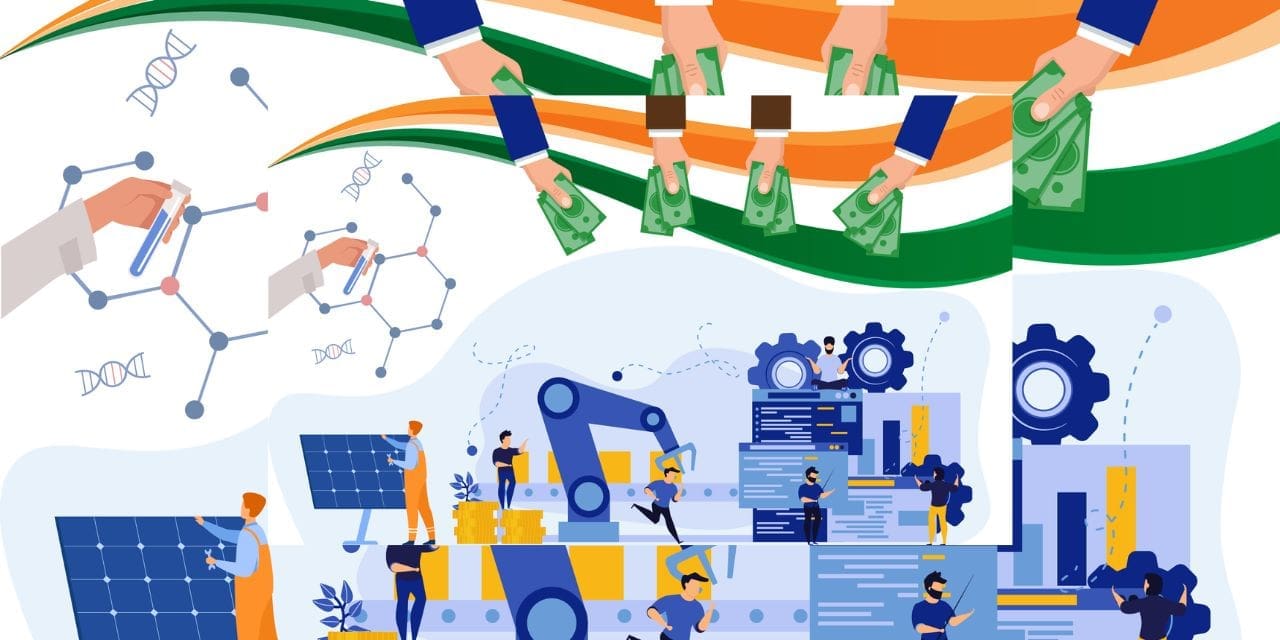According to a study by Credit Suisse, the capital investments made by enterprises eligible for production-linked incentives (PLI) will have a negligible effect on the yearly incremental growth in capex across sectors, which is expected to be roughly 8–10% on average.
According to the analysis, speciality steel will experience the biggest annual incremental capex growth among PLI businesses, at 17%, followed by textiles (14%), auto (10%), pharma (4%) and all other programmes at an average of 11%. (4 per cent, excluding new sectors such as advanced cell battery manufacturing where a local base for manufacturing is being built).
Automobile and specialty steels will each receive $5 billion in PLI investments, followed by textiles ($2.3 billion) and pharmaceuticals ($1.9 billion). The capital investment in the majority of other industries is quite little, at less than $1 billion.
Mobile devices, IT hardware, telephony, food manufacturing, and white goods are a few examples of them.
The incentives provided to businesses under the PLI schemes are subject to the requirement that they make a minimum amount of incremental capital investments each year and produce a minimum amount of incremental revenues throughout the scheme’s validity.
Key concerns have been expressed by Credit Suisse.
One such is that, aside from in fields like sophisticated batteries, there is a lack of participation by major international businesses in important vital industries.
Second, each sector has far too many participants. Instead, the plan ought to have concentrated on a select few champions. For instance, 61 enterprises in the textiles industry are eligible for PLI, compared to 51 in the food processing sector. Other industries with a large number of companies include telecom (49), white goods (45), bulk pharmaceuticals (49), and pharma (55). (31).
To recruit more international companies, the government is already revising some of the projects. For instance, it intends to mimic the mobile device model in IT by enticing multinational corporations to move some of their laptop and PC production to India. Additionally, a second PLI for battery production is planned.
Additionally, according to Credit Suisse, the PLI plan places more of its hopes on assembly-based activities than in most other industries in order to meet its peak revenue targets. Companies in this group are obliged to invest less money overall than other companies. The premier mobile device, IT items, and communications all fall under this category.
The three PLIs under this scheme are estimated to generate a peak annual revenue of $38.7 billion, or 48% of the total peak revenues generated by the 14 PLI schemes. However, just 8% of the three of them invest in capital.
In contrast, new manufacturing PLIs such batteries, solar PVs, KSM, bulk pharmaceuticals, and medical devices—industries in which the nation is reliant on imports—will only provide 14.6% of the predicted PLI total revenues. However, their capex commitment is a significant 35% in order to be eligible under the programme.
The third category of PLIs is for established industrial sectors seeking to expand. Autos and auto-related products, food, textiles, pharmaceuticals, white goods, and specialty steel are some of these. They are need to contribute more than 57% of the PLI scheme’s total expenditure yet would only provide 36% of the PLI income.

